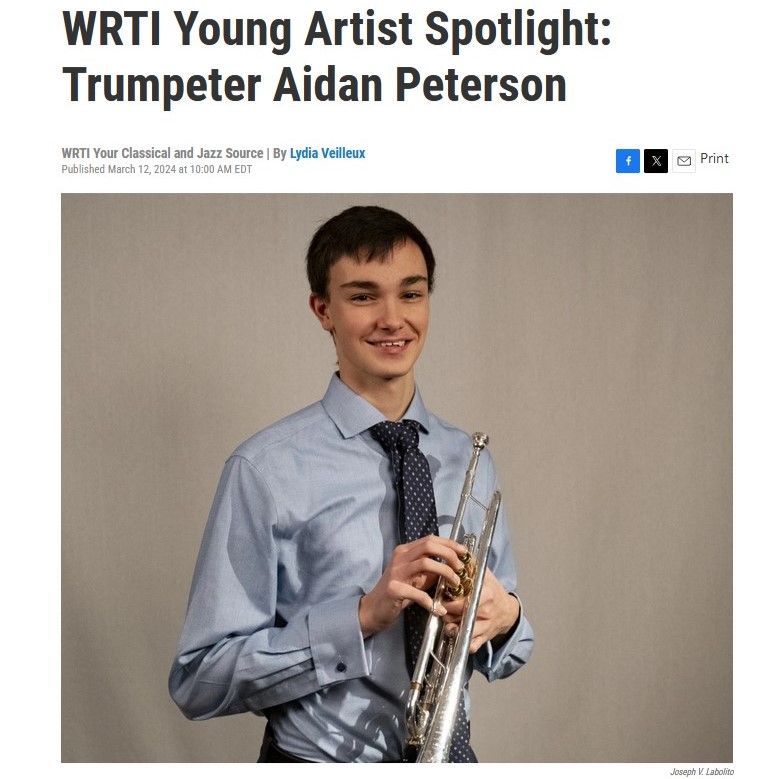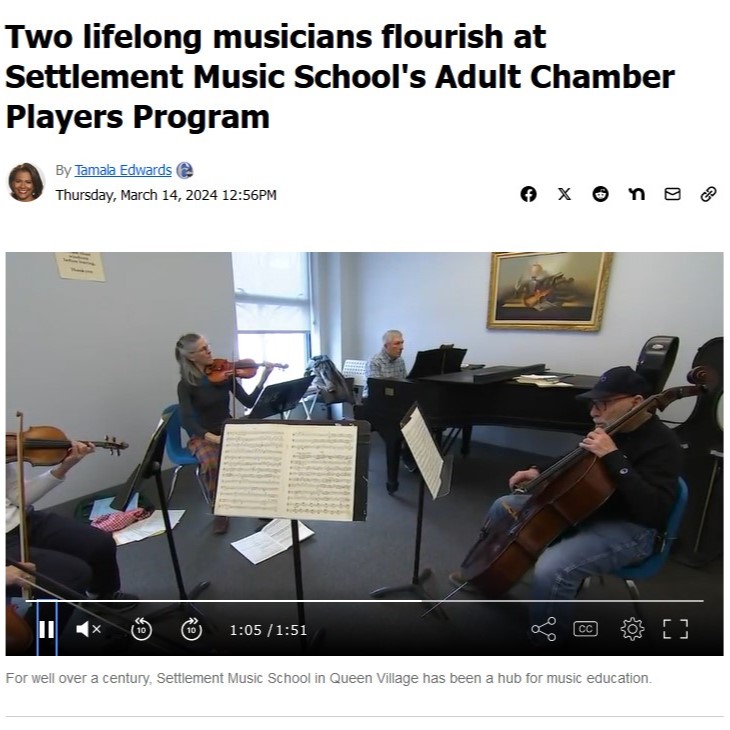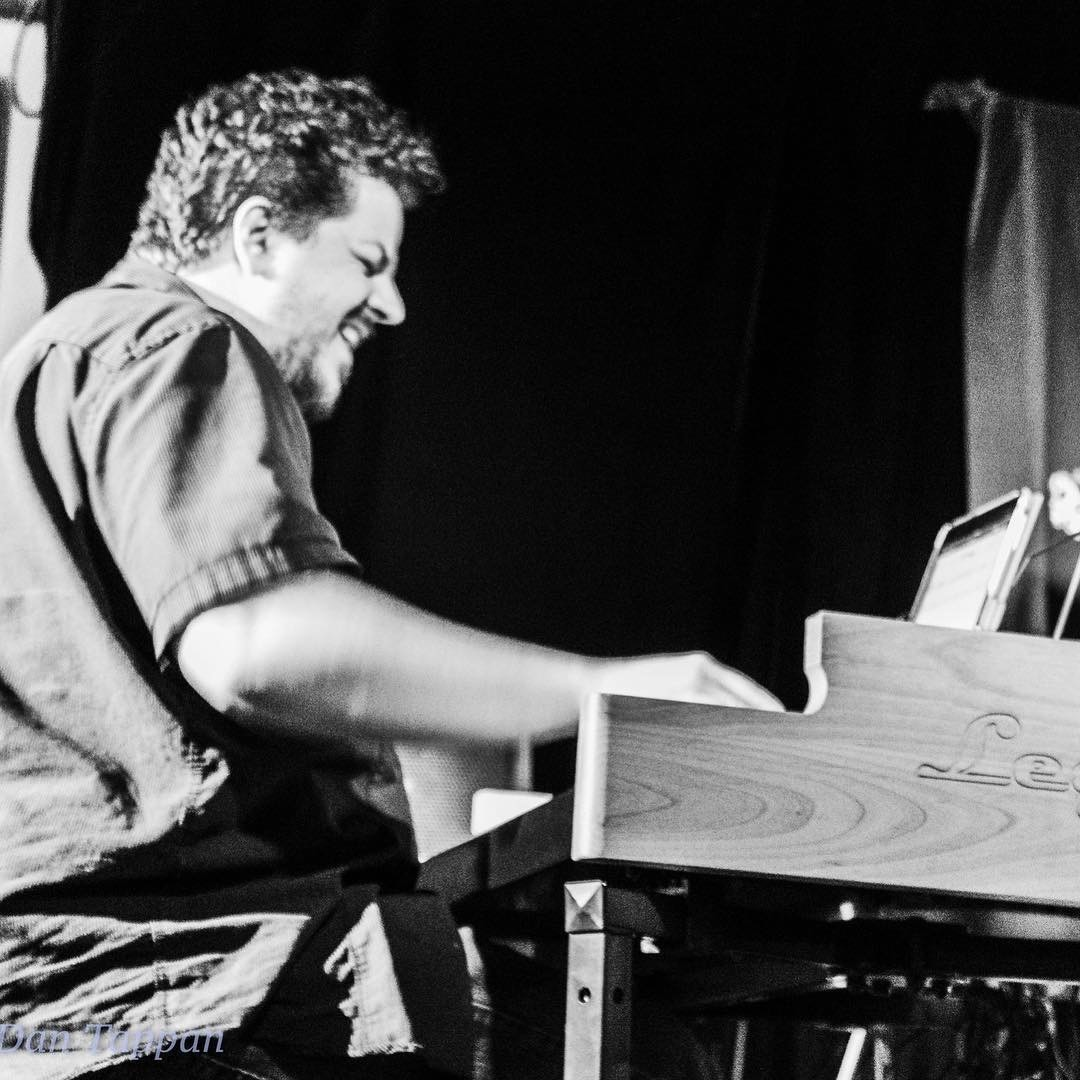A Conversation with Bill Marconi
Every year, our Karin Fuller Capanna Faculty Recital serves as a chance to spotlight some of our amazing faculty members. Although we could not gather in person for this year’s concert, faculty members Daniella Brown, Bill Marconi, and Andy Thierauf recorded a series of amazing performances at our Mary Louise Curtis Branch in Queen Village that we could not be more excited to share with you.
The recital will premiere for free online this Sunday, February 14 at 3 p.m. ET, but in the meantime, we checked in with Bill Marconi with a few questions about his performance and experience recording this year’s concert. Stay tuned through the week to hear from our other performers!
Planning to watch? Click here to RSVP.
The first performance on this upcoming recital is a traditional Fanga. Can you tell us more about the history of Fanga?
Fanga is a traditional “Welcome,” originating with the Yoruba people in West Africa, that combines dance, music, and song. The phrase “Fanga Alafia Ashe,” which is repeated throughout the performance, can be translated as “Welcome, Peace and Let it Be So.” The Yoruba people believe “Ashe” is a basic life force emanating from the creator that unites all living and non-living things.
When we filmed the recital, we noticed you brought a beautiful drum with a natural-skin head and rope tension. What goes in to taking care of a drum like that to make sure it always sounds great?
The drum I use in this performance is called a djembe (pronounced jim-bay) and was made in Ghana. It was carved from a single piece of a tree trunk. Drums are considered sacred in African cultures and are carved in a special place outside the village. Drummers in a community are second in importance only to the chief. The djembe that I use has a natural calf skin which I take care of by first rubbing my hands with shea butter before playing the drum. I also make sure to regularly play my djembe in order to keep the skin supple.
In addition to performing West African rhythms in this recital, you teach similar styles to both kids and adults at Settlement. Can you tell us about your journey learning, performing, and teaching these percussion styles?
Back in the 1980s, when I was studying percussion as an undergraduate and graduate student, neither of my universities offered classes in World Rhythms. As I became more and more interested in this genre of music, I sought out private lessons and masterclasses with great African players who were helping to keep the traditions of this music alive. Equally important, I immersed myself by listening to live and recorded performances and, of course, playing these rhythms whenever I had the chance.
Both pieces you perform in this recital are highly improvisatory. What goes through your mind when you are deep in an improvisation?
Nothing. Literally nothing. All of my “thinking” is done in the practice room and during rehearsals. When it comes time to the actual performance, I am no longer “thinking” about the music, I am letting my body take over and feel the rhythm. Similarly, when I teach World Rhythm classes or individual students at Settlement, I don’t use sheet music but help guide students to “feel” the rhythms and tunes using repetition and muscle memory, much the way rhythms are passed down by drummers within African communities.


